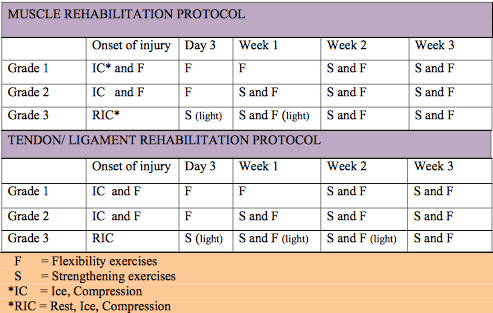
Early mobilization after injury in equine rehabilitation
This study presents information about the benefits of early mobilization in humans and implicates that this may be generalized to equine rehabilitation.
The benefits of early mobilization in injury and postoperative healing compared to immobilization. Mobilization will:
- Increase blood and lymphatic flow
- Produce tension to stimulate tissue repair
- Produce tension to improve tissue alignment
- Limit the extent of connective tissue fibrosis
- Maintain coordination, by neuromuscular activation from exercise
- Maintain range of motion to avoid or minimize joint fibrosis
- Maintain proprioceptive functions, if a variety of stimuli are used
- Produce a quicker recovery and return to full activity
However, in some cases immobilization is necessary, for example with wounds, fractures, and severe ruptures. During nerve regeneration, early mobilization may slow down revascularization and creates scar formation. However, muscle, tendon, and ligament tissues require appropriate loading during healing to maintain their strength and function.
With grade 1 and 2 injuries mobilization exercises can begin between 1 and 3 days after the initial inflammation period is over. In grade 3 injuries, active mobilization should start after 3 weeks, however passive mobilization can begin within 3 days after injury.
Generally, with severe injuries, stabilization is the first priority, obtained through muscle strengthening. However, if the strengthening phase lasts too long, flexibility can be hindered. Flexibility exercises are the most commonly overlooked in rehabilitation. Controlled stretching can increase collagen synthesis and improve fibre alignment, leading to improved strength.
> From: Schils et al., AAEP PROCEEDINGS 56 (2017) 374 - 380. All rights reserved to 2010 AAEP. Click here for the online summary.


